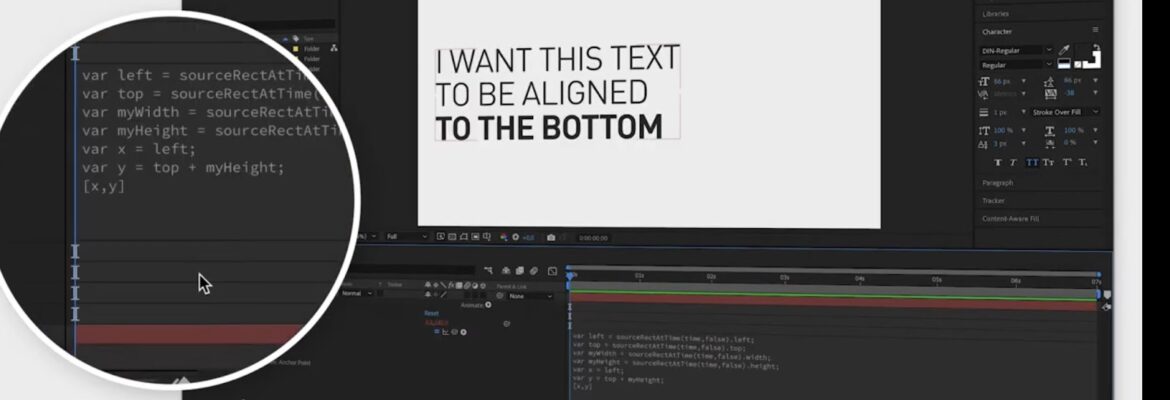In the realm of text formatting, the third-person narrator explores the art of horizontal alignment, which can be manipulated through the application of STYLE=”text-align: “. This versatile style attribute finds its utility in various text sections, encompassing even the encompassing BODY tag on the web page. Concerning alignment relative to the margins, the following choices beckon:
- Alignment to the Left Margin exudes a sense of simplicity and tradition. The text, like a well-mannered guest, takes its place at the left, allowing the reader to navigate effortlessly from one line to the next. It embodies a timeless elegance, often found in classic literature and formal documents;
- Alignment to the Right Margin, in contrast, introduces an element of surprise and uniqueness. The text confidently ventures to the right edge, creating a visually striking effect. This choice can be a powerful tool in design, drawing attention to specific content or making a bold statement;
- Alignment that Justifies embodies symmetry and balance. Text justified on both margins creates a harmonious, tidy appearance. It’s a choice often favored in newspapers and magazines, where columns of text need to align seamlessly, providing an organized and professional look.
Centered Text is akin to a spotlight on stage. It places the text at the heart of the page, making it a focal point. This alignment is perfect for creating emphasis, whether it’s for headlines, titles, or special announcements. It evokes a sense of importance and can captivate the reader’s attention.
- Each of these alignment choices is a brushstroke on the canvas of web design, allowing designers to craft pages with varying tones and messages. They give life to the words and shape the reader’s experience;
- In the midst of these stylistic deliberations, a snippet from Kenneth Grahame’s “The Wind in the Willows” resides within a DIV tag, showcased as an illustrative example.
Using STYLE=”text-align:left”
‘Hullo, Mole!’ was the cheerful greeting from the Water Rat.
‘Hullo, Rat!’ reciprocated the Mole.
‘Would you care to join me?’ inquired the Rat, extending an invitation.
‘Oh, it’s easy to SPEAK,’ retorted the Mole, somewhat peevishly. He was new to life by the river and all its peculiarities.
Using STYLE=”text-align:right”
‘Hullo, Mole!’ said the Water Rat.
‘Hullo, Rat!’ said the Mole.
‘Would you like to come over?’ enquired the Rat presently.
‘Oh, its all very well to TALK,’ said the Mole, rather pettishly, he being new to a river and riverside life and its ways.
Using STYLE=”text-align:justify”
‘Hullo, Mole!’ said the Water Rat.
‘Hullo, Rat!’ said the Mole.
‘Would you like to come over?’ enquired the Rat presently.
‘Oh, its all very well to TALK,’ said the Mole, rather pettishly, he being new to a river and riverside life and its ways.
Using STYLE=”text-align:center”
‘Hullo, Mole!’ said the Water Rat.
‘Hullo, Rat!’ said the Mole.
‘Would you like to come over?’ enquired the Rat presently.
‘Oh, its all very well to TALK,’ said the Mole, rather pettishly, he being new to a river and riverside life and its ways.
Vertical Text Alignment
The narrative transitions to the realm of vertical text alignment, governed by STYLE=”vertical-align: “. This versatile style attribute, akin to its horizontal counterpart, applies to various text sections, including the venerable BODY tag. Vertical alignment typically finds its place in adjacent text fields, especially within tables where the text lengths may vary. Here are the options:
- Alignment at the Top: Elevates the text to the pinnacle of the text field;
- Midway Alignment: Positions the text at the heart of the text field;
- Bottommost Alignment: Deploys the text at the base of the text field.
A demonstration table featuring vertical alignment in TD tags serves as an embodiment of these alignment choices.
Conclusion
In the exploration of text alignment through the lenses of both horizontal and vertical adjustments, a world of formatting possibilities emerges. The narrator, in the third person, guides us through the nuanced art of text presentation, where STYLE attributes become the brushstrokes of web design.
- On the horizontal axis, the manipulation of text alignment—be it to the left, right, justified, or centered—lends a visual rhythm to the page. These choices not only affect aesthetics but also influence the reading experience, creating a symphony of order or a playful dance of text. Kenneth Grahame’s “The Wind in the Willows” finds itself transported into these alignments, revealing the transformative power of STYLE=”text-align: “;
- Venturing vertically, the narrative explores the often-underestimated world of vertical text alignment. Within tables and various text sections, the choices of top, middle, or bottom alignment breathe life into the layout. In tables, this becomes particularly vital when texts of varying lengths need harmony.
In essence, the interplay of horizontal and vertical alignment is an essential aspect of web design, impacting readability, aesthetics, and user experience. Understanding these nuances allows designers and developers to craft web pages that not only communicate content effectively but also engage and captivate the audience. The narrative journey through these alignment choices serves as a reminder of the artistry behind web design, where every detail matters in creating a cohesive and compelling digital environment.

